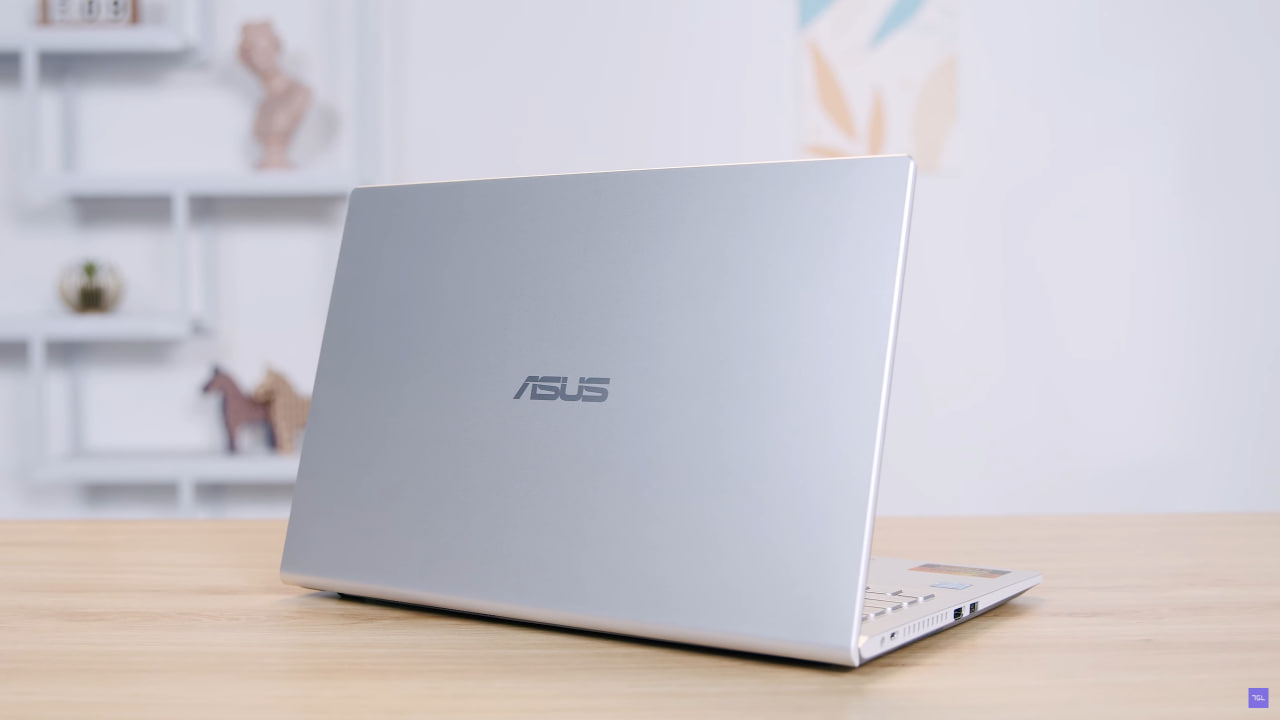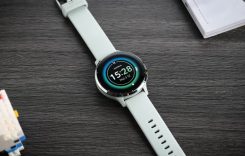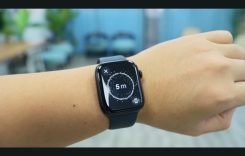In the vast market of laptops catering to diverse user needs, the Asus VivoBook X515MA emerges as an affordable yet feature-packed option. This comprehensive review delves into the laptop’s design, specifications, and performance, aiming to ascertain its current relevance and its potential to meet customer demands in the year 2024.
Design and Build Quality:

The Asus VivoBook X515MA boasts a sleek and contemporary design, featuring a slim profile and a lightweight build. The laptop’s metallic finish adds a touch of sophistication, making it visually appealing. However, the predominantly plastic construction raises questions about long-term durability, and the design, while modern, may not stand out in a market filled with visually striking options.
Display and Multimedia:

Equipped with a 15.6-inch Full HD display, the VivoBook X515MA offers a spacious canvas for both work and entertainment. The NanoEdge display minimizes bezels, enhancing the immersive viewing experience. However, the display’s color accuracy and brightness might not meet the expectations of users engaged in professional photo or video editing. Additionally, the absence of advanced display technologies may limit its appeal to users seeking a laptop for gaming purposes.
download interesting ringtone at: ringtonesonic.com
Performance and Specifications:
Powered by an Intel Celeron or Pentium processor, the VivoBook X515MA is designed for basic computing tasks. With 4GB of RAM and eMMC storage options, the laptop is suitable for everyday use, including web browsing, document editing, and multimedia consumption. However, the modest specifications may struggle with resource-intensive applications, and users looking for a laptop for demanding tasks might find it lacking.
Connectivity and Ports:

The laptop features a standard set of ports, including USB-A, USB-C, HDMI, and an SD card reader, providing versatility for connecting various peripherals and external devices. The inclusion of Wi-Fi 5 ensures reliable wireless connectivity. While the port selection is practical, the absence of a USB-C with Power Delivery or Thunderbolt support may limit its compatibility with certain modern accessories.
Battery Life:
One of the strengths of the VivoBook X515MA is its commendable battery life. The power-efficient components and optimization contribute to extended usage on a single charge. This feature makes the laptop a suitable choice for users who prioritize mobility and on-the-go productivity.
Software and User Experience:

The laptop comes with Windows 10 pre-installed, offering a familiar and user-friendly interface. Asus’s software additions, including Asus Splendid and Asus Tru2Life Video, enhance the user experience by optimizing display settings. However, users might find some pre-installed software to be bloatware, impacting the overall out-of-the-box experience.
Future-Proofing and Longevity:
As we approach 2024, the VivoBook X515MA’s entry-level specifications may struggle to keep up with evolving software demands and user expectations. While it adequately handles basic tasks, the limited RAM and storage options may become bottlenecks for users with increasing computing needs. The absence of a more powerful processor and dedicated graphics raises concerns about its viability for the long term.
Conclusion:
The Asus VivoBook X515MA presents itself as an entry-level laptop catering to users with basic computing needs. Its sleek design, adequate display, and commendable battery life make it an attractive option for budget-conscious consumers. However, as we progress into 2024, the laptop’s modest specifications raise questions about its ability to meet the evolving demands of users, especially those engaged in resource-intensive tasks. Potential buyers should carefully assess their specific requirements and consider the VivoBook X515MA as a viable option for light-duty usage. Overall, while the VivoBook X515MA is a budget-friendly choice, its future relevance may be limited for users with more demanding computing needs in the coming years.









